It is an incontestable fact that no nation can survive, leave alone progress without the resourceful outputs of it`s armed forces. Be it on the field of battle or using its disciplined and organised man-management to overcome natural or man-made disasters etc, armed forces are indispensable.
Eco Task Force:
On the socio-economic development front, one takes the example of the Eco–Task Force of the Indian Army. A considerable number of Eco Battalions were established in 1970s by the Indian Army to look after the dwindling vegetation along the slopes of Garhwal and Kumaon region. The once barren slopes bereft of any vegetation are now covered with trees and soil-holding vegetation.
Besides the Eco Task force one can see vast formation of Border Road Task force BRTF managed by the serving officers and men of the armed force Engineer regiment and hired civil labour. These formations have undertaken vast projects for development in the Northern, Eastern and Western borders.
National Food &Grain Management force (NFGMF)
Perhaps no problem is as alarming and shocking than to see tons of food grain (Wheat, Rice, Pulses and various vegetables) rotting in rain or heat while millions of people suffer from hunger and shortage of food in the markets. This problem arises due to lack of storage capability, transportation along with hoarding and black marketing.
Indian armed forces, particularly the Army has a section called the Supply or the Army Service corp (ASC). ASC has a very efficient system of procurement,storing, transportation and even supplying forces deployed in remote regions.
Hence, it would be a viable suggestion to raise extra ASC battalions required for the National task. Expertise from retired personnels trained could be taken into consideration or recruited for the job through a special sanction of the Government.
These supply battalions could be located state-wise with required storage space and transport system. Commanding officers in communication with state authorities, liaising with District Collectors who have the authority on the local grain markets could be a starting point. Perhaps, a system could be put in place where an admin procedure could be chalked out by the Army and State Officials for the sale of the food /grain, without the involvement of any middleman /agent.
Until recently Indian Army had a special corp called the Corp of Military Farms, along with Dairy Farms to meet the requirement of Milk and Butter for the Armed forces where possible, is something that could work as a possible example for civilians and aid state administration in aspects connected to this model.
Railway Territorial Army (TA) Force :
Indian Railways has a very effective military arm called the Railway (TA) force, where the Railway officers trained by Territorial Army became full-fledged soldiers during Wars especially the 1971 war. Their work included laying railway lines as well as running trains in the Tactical Battle Areas. The laying of railway track in Munabao and Naya Chor line in Pakistan held territory in Rajasthan won them laurels and gallantry awards.
Our vast borders with China are in dire need of rail tracks and communication system, this is where Rail TA system could be put to use in conjunction with personnel of Indian Army Engineers.
This collaboration could give much required boost to the ‘look-east-policy’ of the country, where Indian Rail System would go beyond Mayanmar bringing with it socio-economic development of the region as well.
Starting with the Youth
The youth in his formative years is an admirer of the soldier of the Indian Army as well as appreciative of military as a profession. The closest a young student gets to the profession of military is through NCC or the National Cadet Corp.
In the late sixties when NCC was compulsory for schools and colleges, these cadets contributed effectively during the 1962 and 1965 wars as escorts to Military Logistic trains, convoys of civil truck, escorting refugee columns as well as aiding police and administration in times of need. Why these practices got diluted makes for interesting study but attempts should be made to revive and renew this rich tradition.
Young India Military Corp (YIMC)
YIMC could be a regular source of supply to the armed forces if students want to be in the forces, or else go ahead to be a First grade citizen with excellent training to face the task of nation building. YIMC should be headed by a Lt Gen rank officer from the three services and be placed under IDS Integrated Defence Staff.
This vast reservoir of capable National manpower would not only become the second line of defence, but also contribute towards Nation building, proper governance, law and order , regional security, protection of vital areas, rural development programs, upgradation of environmental, health and cleanliness and aid during natural disasters as well. In the longer run, the organization of Home guards could become a part of this to give it an added punch .
India has such a vast reservoir of Youth power waiting to become a part in the upliftment of the Nation. The points discussed in the preceding paragraphs would only bear fruit if the youth of India is at resonance with the suggestions put forward for the development of the Nation.

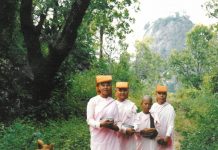








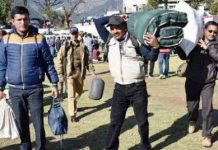
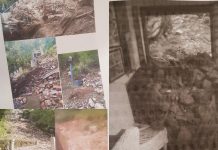

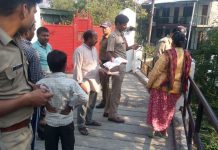















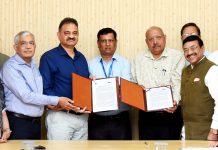




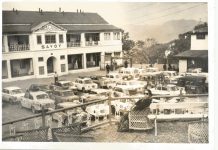

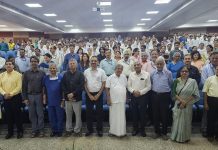







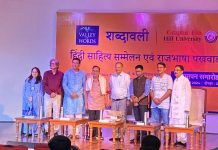
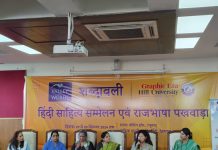
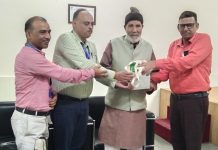

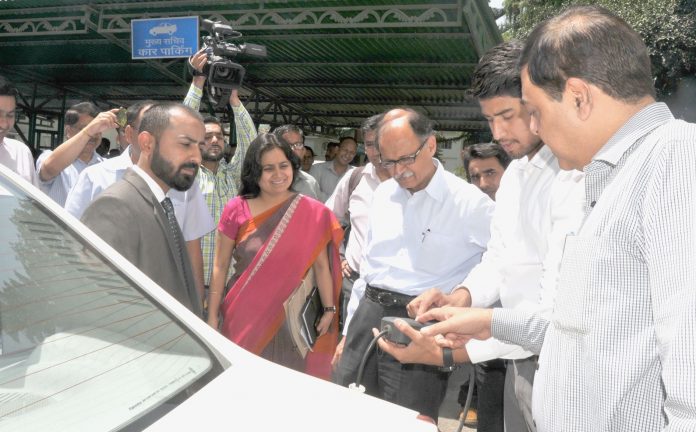

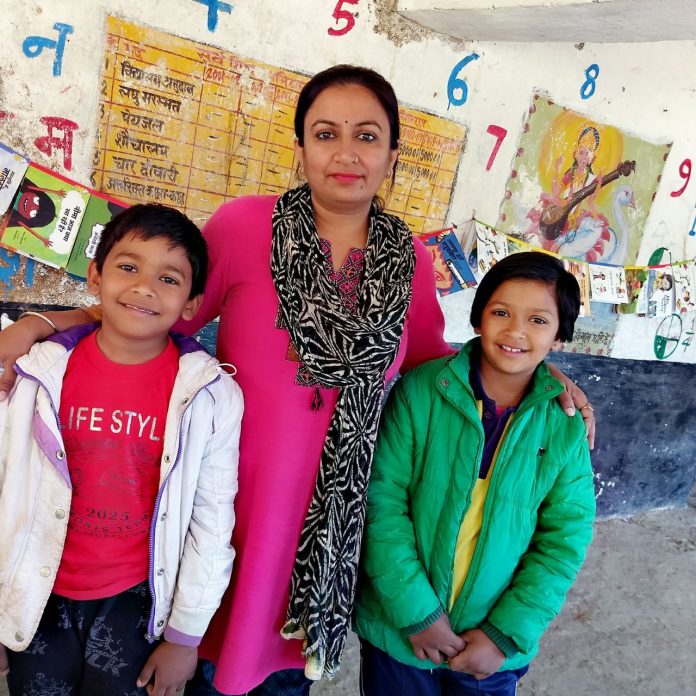

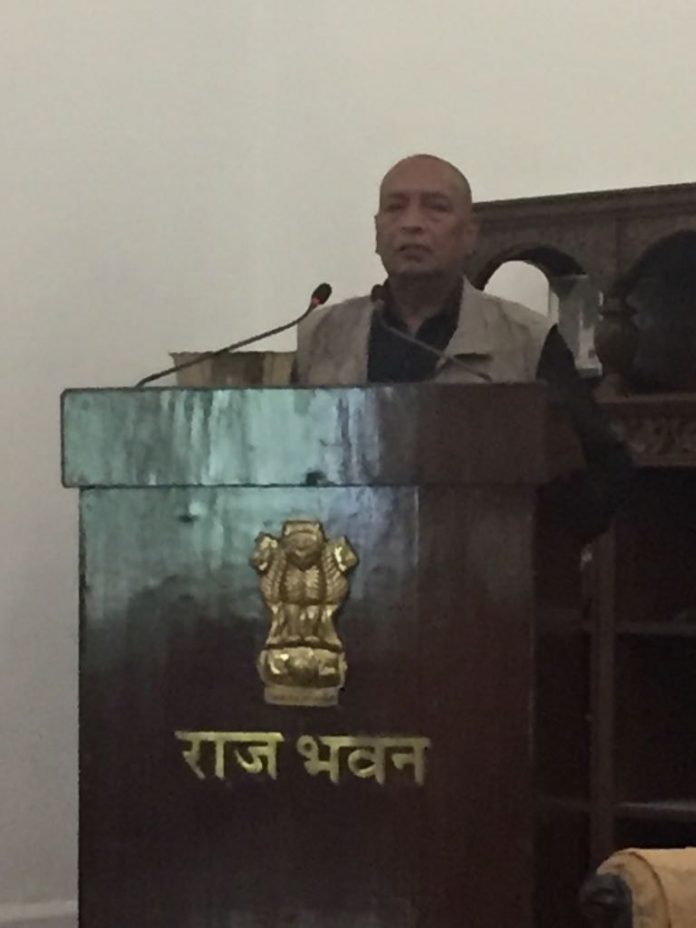
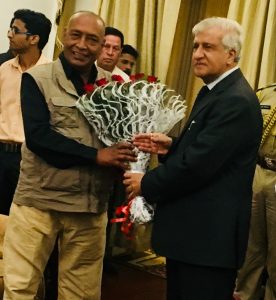
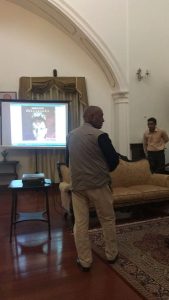
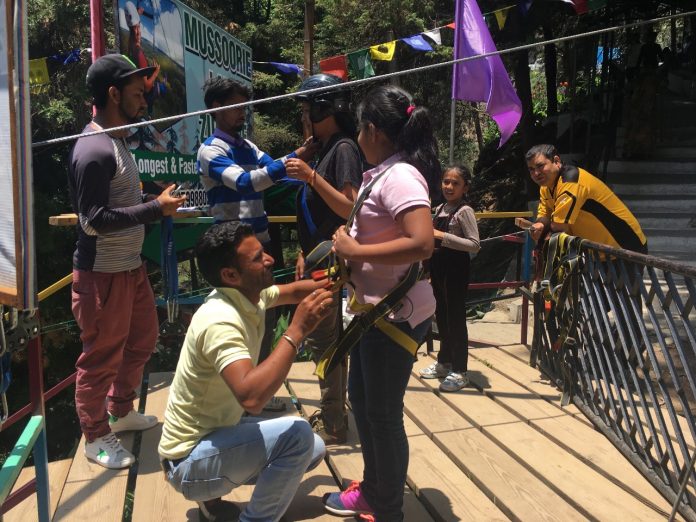

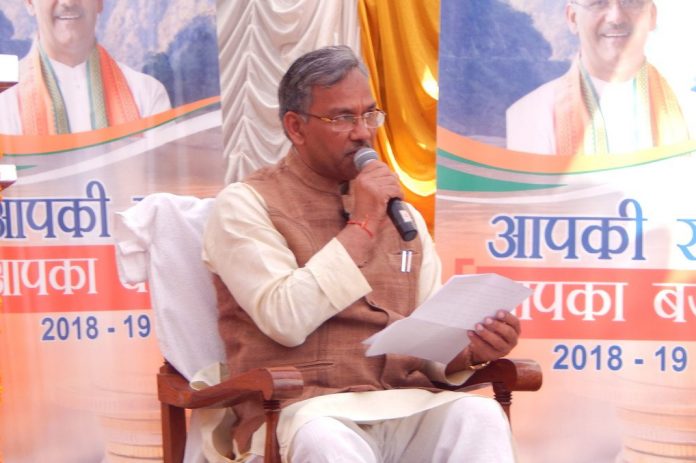
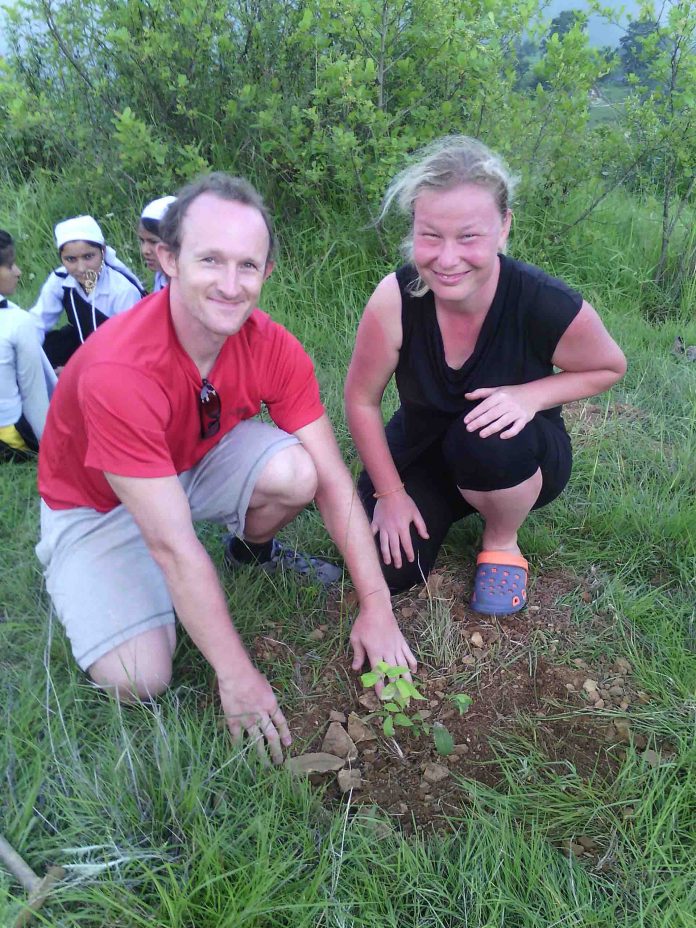

 This innovative afforestation drive has touched a cord not only in its birth state of Uttarakhand but crossed over inter-state borders and taken wings in foreign shores of Nepal, Dubai, Indonesia and Canada as well.
This innovative afforestation drive has touched a cord not only in its birth state of Uttarakhand but crossed over inter-state borders and taken wings in foreign shores of Nepal, Dubai, Indonesia and Canada as well.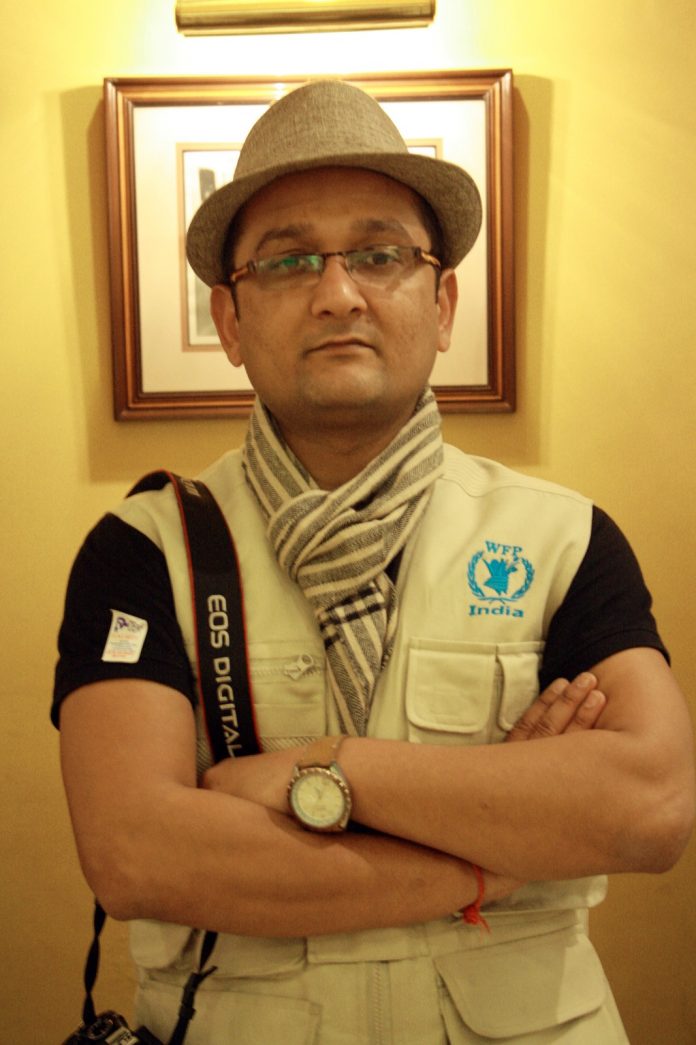
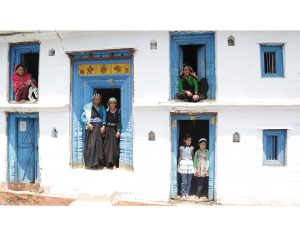
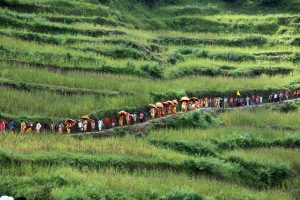


 Ridhim Thapar adds, “In the past few months, over a hundred people have walked through these doors, at a basic fee for various facilities being provided, we are also weighing various start-up options for financially backing.’
Ridhim Thapar adds, “In the past few months, over a hundred people have walked through these doors, at a basic fee for various facilities being provided, we are also weighing various start-up options for financially backing.’




